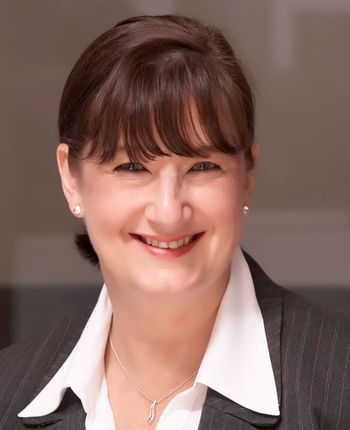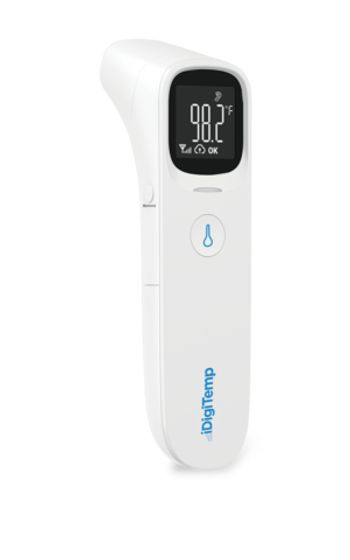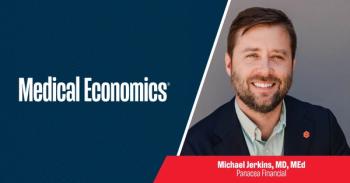
- Medical Economics May 2025
- Volume 102
- Issue 4
- Pages: 21
Untangling practice challenges: Unlocking audit-proof revenue
Key Takeaways
- Accurate coding and documentation are essential for reimbursement and audit prevention, with underbilling and overbilling posing financial risks.
- Proper documentation of chief complaints and preventive services coding is crucial, with modifier 25 enabling billing for separate issues during a visit.
The secrets of evaluation and management coding success.
Check out the full video and materials of this session
To minimize that risk,
Budding physicians receive minimal training on proper coding in medical school. New doctors learn on the job: “They just hope that they’re doing it right,” Enos said. E/M codes matter because they directly affect a practice’s revenue, so getting it wrong leads to less income or more payer scrutiny.
Underbilling may feel like a practice is playing it safe, but it hurts the practice’s accuracy rating. “That’s basically just a self-imposed fine if you ask me,” Enos said. Overbilling represents a
Chief complaint: One of the most common audit findings is a missing or invalid chief complaint, the reason for the patient encounter to establish the medical necessity for the services. The chief complaint is often stated in the patient’s own words: “My shoulder hurts,” “I can’t sleep,” “My thoughts are racing,” or “My heart is beating out of my chest.” Although it may be a simple, matter-of-fact statement, it must be clear and documented, or a claim may be denied due to lack of medical necessity, Enos explained.
He also noted that physicians are not always the ones who log the chief complaint; medical assistants or schedulers may do that, but the ultimate responsibility falls on the doctor who signs and bills for the care, Enos said.
Preventive services: Patients without complaints may be in the office for routine preventive services, which are covered by commercial insurers and by Medicare as an annual wellness visit. Periodic follow-ups should be coded as office visits for managing chronic conditions, if a patient has family history that requires monitoring, or if a patient has a personal history of medical conditions that no longer exist but have potential for recurrence and need for continued monitoring.
Oh, by the way: Patients sometimes show up for a routine visit and mention another complaint. “We call these ‘Oh, by the way’ visits,” Enos said. Doctors can bill a well visit and a sick visit by adding modifier 25 to the office visit code. “Modifier 25 just tells the insurance, ‘I know I’m billing two things; it’s not an accident.’ They really are separate, and they should be paid separately,” Enos said. However, not every condition should be billed; for example, a cold, dry skin and other minor ailments don’t warrant billing. Patients also must be aware that additional complaints outside the wellness visit may be billed, meaning they may have an additional copay.
Time on your side: Judging the severity of a patient’s condition involves medical decision-making and time, which are both factors in determining how to bill for treatment. Time alone may be used to select the appropriate code level for E/M services. It counts as total time on the day of the encounter, both in-person and virtual visits.
Docs on the clock: The American Medical Association’s Current Procedural Terminology Editorial Panel recommends codes to CMS. When billing for time, the panel has explained that itemizing every minute spent for every activity is unnecessary. “It would be unreasonable to even request that you have a stopwatch with you every time you change a subject you’re talking about,” Enos said. “Nobody has a stopwatch for absolutely every activity. So, you only have to document two things, and it’s very simple: the total time that was spent [on] that date and what activities were done. If you can document that, you can bill based on the time, [which] may benefit you.”
Medical decision-making (MDM): MDM can be complicated, but it depends on three factors: problems, data and risk. There are also two settings: outpatient and inpatient.
Code Level 2 represents the lowest level of MDM, generally treating patients with uncomplicated problems that need little data and present minimal risk to long-term health. Code Level 5 represents patients with highly complex problems that require extensive data to resolve and that pose a high risk to health, often requiring consideration of hospitalization. In between are ailments — possibly more than one per patient — that may be improving, stable or worsening, requiring more or less data, and that may pose serious threats to health.
Rubrics are available to evaluate the number and complexity of problems addressed, the complexity of data analyzed, and risks of complications, morbidity and mortality. Enos offered several examples, scenarios and factors that affect MDM, including risk. Prescription drug management (e.g., ordering a new medicine, changing dosage or medication, refilling a prescription) tends to fall under moderate risk. If a patient’s insurance won’t cover a medication, that limits treatment options, making the situation inherently complex and elevating risk.
Getting to know G2211
Medicare physician reimbursement is calculated based on relative value units of medical services and Medicare’s conversion factor. The conversion factor used to increase each year due to inflation, but it has decreased in recent years.
CMS introduced the new G2211 code for physicians serving as the continuing focal point for all the patient’s health care needs or for ongoing care for a single serious or complex condition. It can be used by primary care physicians and specialists.
“It captures the inherent complexity of the longitudinal nature of a patient relationship,” Enos said. “It isn’t the clinical condition complexity that you’re getting credit for; it’s the cognitive load of being the continued point of responsibility for a patient.”
The bonus is there’s no additional documentation requirements. “You just bill this code, and you get additional money,” Enos said.
Solutions and takeaways
- Make your billing accurate. Create or adopt a compliance policy, train your staff on billing practices — and document that you do so — and perform an internal audit. If Medicare or a private insurer audits your practice, those are all mitigating factors — and not having those are aggravating factors that can lead to more audits.
- Documenting patient chief complaints always involves the treating physician. Doctors may think they are not responsible if a scheduler or medical assistant records patient complaints, but they are responsible because they sign for patient treatment.
- Avoid vague patient complaints that don’t describe the patient’s condition. It is not enough to say, “Patient is here today for follow-up,” or “Patient is here today for routine visit.”
- Get to know code G2211. This new code captures the complexity of the cognitive load of the continued responsibility of being the focal point for all needed services for the patient. It requires no additional documentation but may not be reported without reporting an associated outpatient E/M visit.
- Hire an internal compliance manager, a record consultant or a lawyer — someone who can be in charge of practice clients. That way, there will be expert help when an audit notice arrives.
Articles in this issue
8 months ago
Can AI slay the prior authorization dragon?8 months ago
Untangling practice challenges8 months ago
Are physicians responsible for AI errors?8 months ago
Untangling practice challenges: Rowing togetherNewsletter
Stay informed and empowered with Medical Economics enewsletter, delivering expert insights, financial strategies, practice management tips and technology trends — tailored for today’s physicians.








